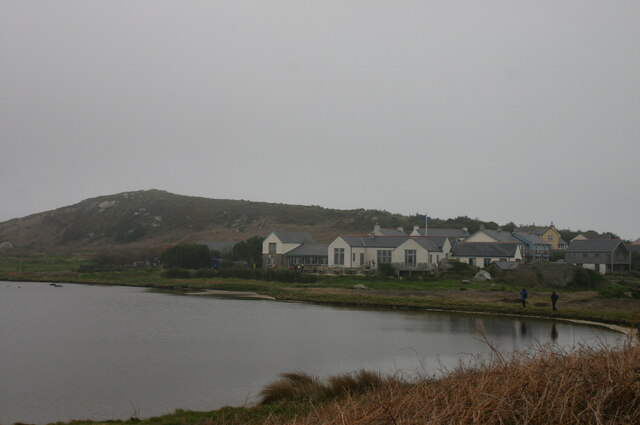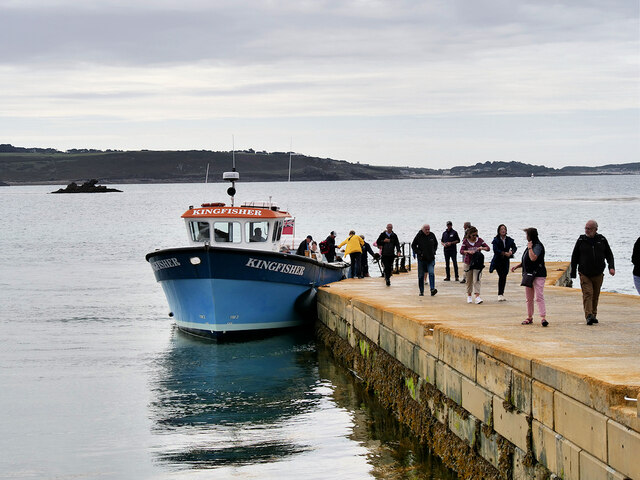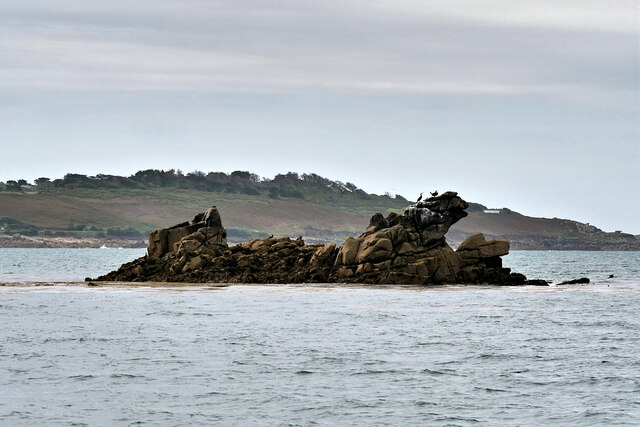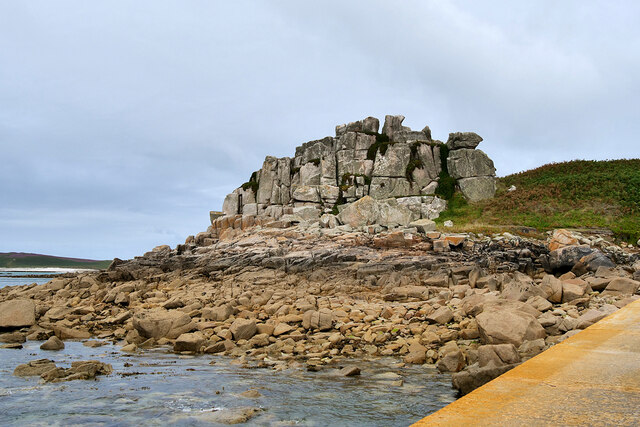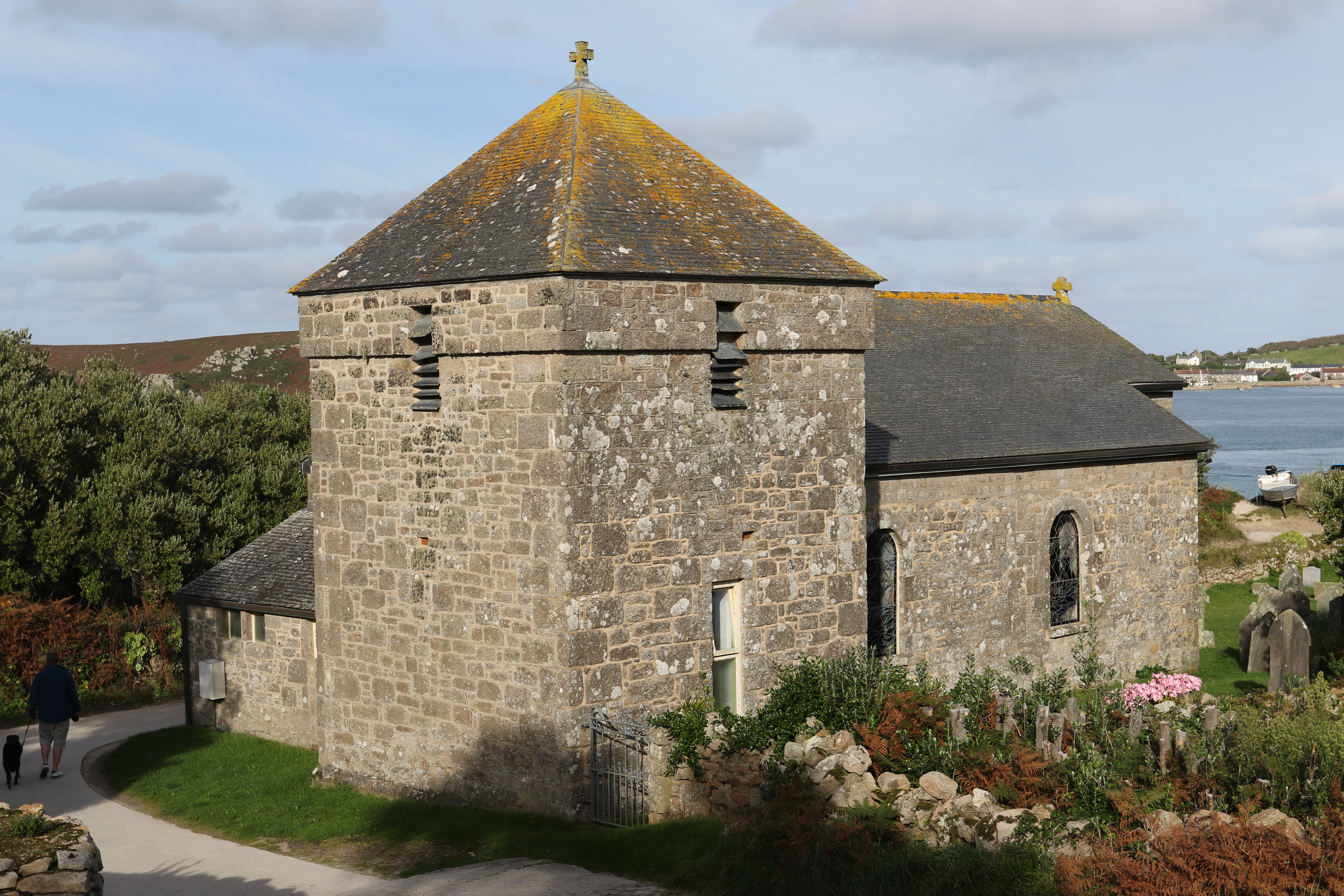Samson Flats
Coastal Marsh, Saltings in Cornwall
England
Samson Flats

Samson Flats, located in Cornwall, is a coastal marshland that encompasses the picturesque area known as Saltings. This unique landscape is characterized by its diverse flora and fauna, stunning views, and its importance as a habitat for numerous bird species.
Stretching along the coast, Samson Flats is a vast expanse of saltmarshes and mudflats that are influenced by tidal movements. The area is predominantly covered with salt-tolerant plants such as saltmarsh grasses, sea lavender, and thrift, which thrive in the brackish water conditions. These plants not only contribute to the beauty of the landscape but also play a crucial role in preventing coastal erosion and providing a habitat for various organisms.
The marshland is an important breeding and wintering ground for a wide range of bird species. It is particularly renowned for its abundance of wading birds, such as curlews, redshanks, and oystercatchers, which can be seen foraging along the muddy banks during low tide. The area also attracts migratory birds, including dunlins and godwits, during their journeys.
Samson Flats is a popular destination for nature enthusiasts and birdwatchers who come to admire the stunning scenery and observe the rich wildlife. The marshland offers several walking trails and observation points, allowing visitors to explore the area while respecting the delicate ecosystem.
In addition to its ecological significance, Samson Flats holds historical and cultural importance. It has been used for centuries as grazing land and has witnessed human activities such as salt production and fishing.
Overall, Samson Flats, Cornwall, with its breathtaking views, abundant wildlife, and ecological importance, is a true gem for nature enthusiasts and a testament to the beauty of coastal marshlands.
If you have any feedback on the listing, please let us know in the comments section below.
Samson Flats Images
Images are sourced within 2km of 49.934867/-6.3474977 or Grid Reference SV8812. Thanks to Geograph Open Source API. All images are credited.













Samson Flats is located at Grid Ref: SV8812 (Lat: 49.934867, Lng: -6.3474977)
Division: Isles of Scilly
Unitary Authority: Isles of Scilly
Police Authority: Devon and Cornwall
What 3 Words
///nets.topples.balconies. Near Bryher, Isles of Scilly
Nearby Locations
Related Wikis
Samson, Isles of Scilly
Samson (Cornish: (Enys) Sampson) is the largest uninhabited island of the Isles of Scilly, off the southwestern tip of the Cornish peninsula of Great Britain...
HMS Colossus (1787)
HMS Colossus was a 74-gun third-rate ship of the line of the Royal Navy. She was launched at Gravesend on 4 April 1787 and lost on 10 December 1798. During...
Oliver's Battery, Tresco
Oliver's Battery is a ruined artillery battery on the island of Tresco in the Isles of Scilly off of Cornwall, England. It was built by the Parliamentarian...
Tresco Heliport
Tresco Heliport (ICAO: EGHT) is a heliport located on the island of Tresco, in the Isles of Scilly off the southwest coast of England, UK. The heliport...
Tresco Abbey Gardens
Tresco Abbey Gardens are located on the island of Tresco in the Isles of Scilly, United Kingdom. The 17 acre gardens were established by the nineteenth...
Tresco Priory
Tresco Priory is a former monastic settlement on Tresco, Isles of Scilly founded in 946 AD. It was re-founded as the Priory of St Nicholas by monks from...
All Saints' Church, Bryher
All Saints' Church is a Grade II listed parish church in the Church of England located in Bryher, Isles of Scilly. == History == Bryher is the most westerly...
RNAS Tresco
RNAS Tresco was a Royal Naval Air Service base on Tresco, the second largest island in the Isles of Scilly. From February 1917 to May 1919 aircraft patrolled...
Nearby Amenities
Located within 500m of 49.934867,-6.3474977Have you been to Samson Flats?
Leave your review of Samson Flats below (or comments, questions and feedback).
